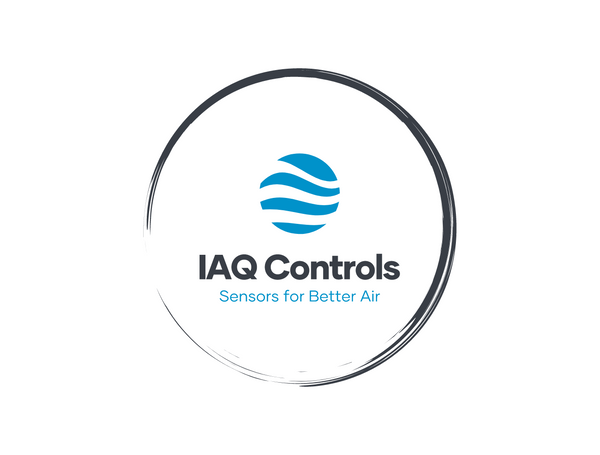Benzene is a highly toxic and carcinogenic volatile organic compound (VOC) found in gasoline, tobacco smoke, industrial emissions, and some cleaning products. Long-term exposure is linked to blood disorders, immune suppression, and leukemia, making it one of the most dangerous VOCs in both indoor and outdoor air.
How Benzene Affects the Body
Benzene primarily affects the blood and bone marrow, leading to a decrease in red and white blood cells. Chronic exposure causes aplastic anemia, immune dysfunction, and increased susceptibility to infections [1]. Long-term studies confirm a strong association between benzene exposure and acute myeloid leukemia (AML) [2].
Short-term exposure at high levels (>50 ppm) causes dizziness, drowsiness, headaches, and confusion, while extremely high exposures (thousands of ppm) can lead to unconsciousness and death [3].
Safe Exposure Levels and Regulatory Limits
- OSHA (Occupational Limit): 1 ppm (8-hour TWA), 5 ppm (STEL, 15 min) [4].
- NIOSH Recommendation: 0.1 ppm (REL), aiming to minimize cancer risk [5].
- WHO Public Exposure Limit: No safe level—guidelines suggest reducing benzene as much as possible; 1.7 µg/m³ (~0.0005 ppm) increases lifetime cancer risk [6].
How to Reduce Exposure
- Avoid indoor smoking, as tobacco smoke is a major benzene source.
- Ensure proper ventilation in garages and areas where fuel or industrial cleaners are used.
- Be cautious with cleaning products that contain solvents or degreasers, as some may release benzene vapors.
- Use low-emission products and air purifiers with activated carbon filters.
Since no safe level of benzene exposure exists, reducing contact is the best way to protect long-term health.
